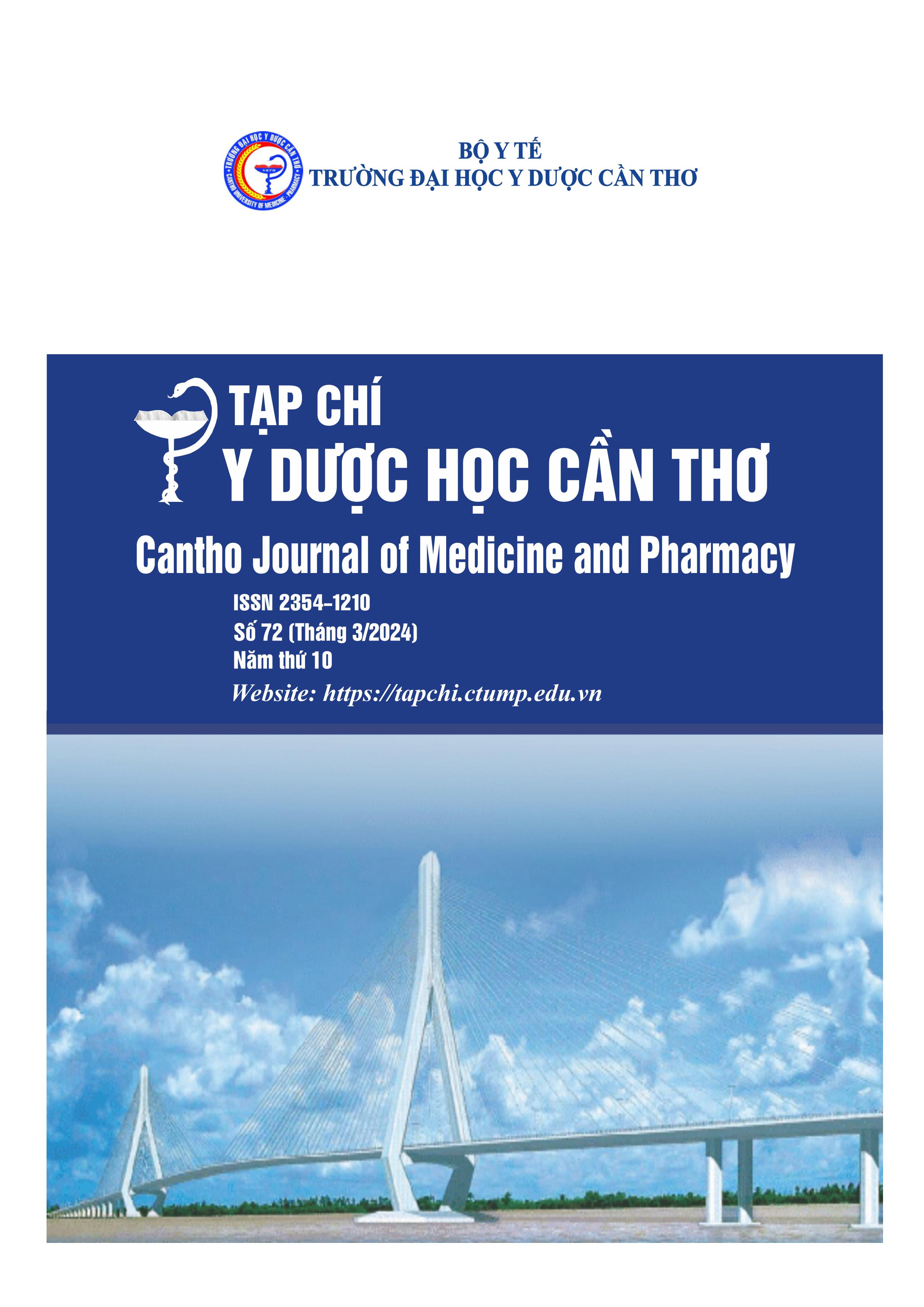GUMMY SMILE TREATMENT USING DOUBLE SURGICAL GUIDE FOR CROWN LENGTHENING
Main Article Content
Abstract
Background: One of the most frequent causes of gummy smile is an altered eruption, ie, the gingival margins are located at a more coronal position than normal. These cases can be successfully treated with a periodontal surgical approach. Several techniques may be used, depending on the different anatomic variations. Digital flow has become a part of currently practiced dentistry. Virtual planning ensures predictable aesthetic and functional rehabilitation, painless postoperative recovery, and better communication with patients, thus meeting their expectations. Clinical case: Female patient, 24 years old, was prescribed to lengthen the clinical crown by surgery with the application of digital technology in data collection, treatment planning and the application of a two-layer surgical guide in performing surgery, and monitoring the results of gummy smile treatment. Results: After surgery, the clinical crown is lengthened from 8.1 mm to 10 mm, periodontal tissue is healthy, no more gum-exposed smile. Conclusion: The use of surgical guides made from digital planning provided a predictable, personalized and safe treatment to the patient.
Article Details
Keywords
Gummy smile, altered passive eruption, surgical guide
References
2. Malkinson S., et al. The effect of esthetic crown lengthening on perceptions of a patient's attractiveness, friendliness, trustworthiness, intelligence, and self- confidence. J Periodontol. 2013. 84(8), 1126-33, doi: 10.1902/jop.2012.120403.
3. Bhola M., et al. LipStaT: The Lip Stabilization Technique- Indications and Guidelines for Case Selection and Classification of Excessive Gingival Display. Int J Periodontics Restorative Dent. 2015. 35(4), 549-59, doi: 10.11607/prd.2059.
4. Hem Hempton T.J., Dominici J.T. . Contemporary crown-lengthening therapy: a review. J Am Dent Assoc. 2010. 141(6), 647-55, doi: 10.14219/jada.archive.2010.0252.
5. Arora R. et al. Evaluation of supracrestal gingival tissue after surgical crown lengthening: a 6month clinical study. J Periodontol. 2013. 84(7), 934-40, doi: 10.1902/jop.2012.120162.
6. Deas D.E. et al. Osseous surgery for crown lengthening: a 6-month clinical study. J Periodontol. 2004. 75(9), 1288-94, doi: 10.1902/jop.2004.75.9.1288.
7. Andijani R.I., TatakisD.N. Hypermobile upper lip is highly prevalent among patients seeking treatment for gummy smile. J Periodontol. 2019. 90(3), 256-262.
8. Mele M. et al. Esthetic treatment of altered passive eruption. Periodontol 2000. 2018. 77(1), 6583, doi: 10.1111/prd.12206.
9. Herrero F. et al. Clinical comparison of desired versus actual amount of surgical crown lengthening. J Periodontol. 1995. 66(7), 568-71, doi: 10.1902/jop.1995.66.7.568.
10. Alhumaidan A., Alqahtani A., al-Qarni F. 3D-Printed Surgical Guide for Crown Lengthening Based on Cone Beam Computed Tomography Measurements: A Clinical Report with 6 Months Follow Up. Applied Sciences. 2020. 10(16).
11. Coachman C. et al. The crown lengthening double guide and the digital Perio analysis. J Esthet Restor Dent. 2023. 35(1), 215-221, doi: 10.1111/jerd.12920.
12. Passos L. et al. Full digital workflow for crown lengthening by using a single surgical guide. J Prosthet Dent. 2020. 124(3), 257-261, doi: 10.1016/j.prosdent.2019.06.027.


